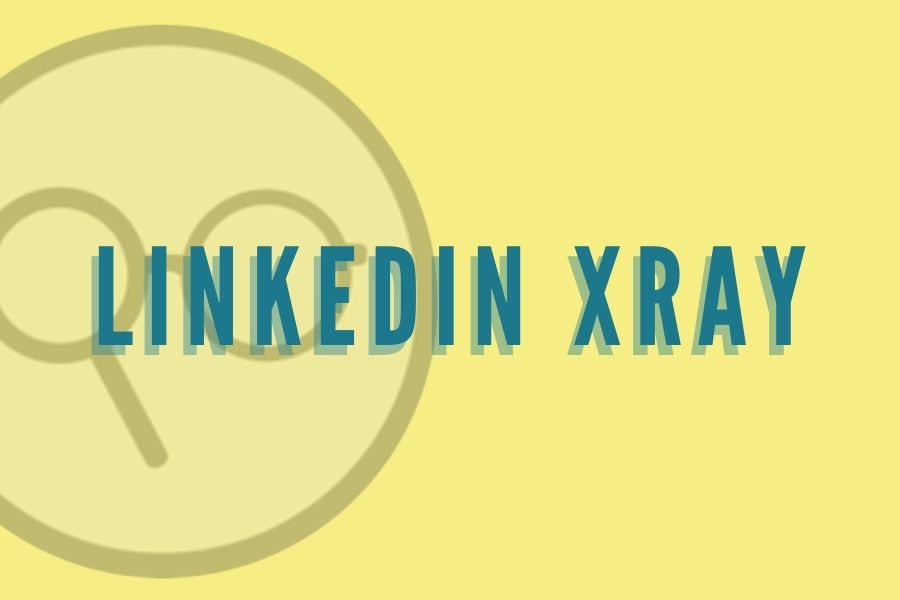Employees are a significant and essential investment at any organization. Diverse staffing can make a real difference to organizational effectiveness. However, many recruiters do not prioritize workplace diversity during the hiring process.
Recruiting and retaining a diverse staff can yield many benefits for organizations. On the flip side, lack of diversity can have a negative impact. A diverse workforce involves having employees of all ages, ethnicities, physical abilities, races, religions, genders and sexual orientations. As simple as the definition sounds, many organizations still find it challenging to meet these criteria.
“Endless studies show that diverse teams make better decisions. We are building products that people with very diverse knowledge backgrounds can use, and I think we all want our company makeup to reflect the makeup of the people who use our products.”
While Sheryl Sandberg, COO of Facebook, made this sentiment about Facebook, which has historically been a very diverse and successful company, the same principal can be applied to any type of business or offering.
Let’s address some of the key challenges during the hiring process and how businesses can overcome them:
-
- Recruiting not being data-driven: For successful hiring, the recruitment process must be data-driven rather than driven by emotions. Therefore, companies need to first capture accurate data regarding the current diversity ratio in the organization, as well as identify the most effective sources for seeking a diverse candidate pool. With this information available, companies can be more proactive and effective during their hiring initiatives to achieve their diversity goals.
- Organizational policies that do not appeal to diverse candidates: Many organizations current policies do not account for differences among employees. Therefore, it is important for organizations to re-evaluate their policies in consideration of shift timing, religious/community holidays and more. Having diversity-friendly policies and actively promoting them in hiring campaigns/sourcing efforts is a great way to attract a more diverse candidate pool during the recruitment process.
- Lack of market segmentation and customization: Not all job offers and ads can be suitable to all cultural groups. Thus recruiters, along with marketing teams, must come up with advertisements that promote inclusivity. This can include designing ads with ethnicity/gender-neutral images and statements about diversity initiatives.
- Narrow referral pool: Recruiters only considering internal referrals end up hiring similar kinds of employees. When recruiters start giving preference to referrals from external network associations, diversity automatically improves. Once a company has reached its diversity goals, then it can encourage employees to refer their connections as its much more probable that your existing diverse workforce will have networks of people with similar backgrounds. Creating a diverse candidate referral program is a great way to enhance your diversity recruitment strategy.
- Not using tools and channels optimally: Social media channels and talent communities are the best sources to hire a diverse workforce. But most recruiters still rely on conventional ways of hiring. Thus, posting job requirements online would not be enough for diversity inclusion. To overcome this challenge, recruiters should think out-of-the-box and leverage various social channels.
Benefits of a Diverse Workforce
A diverse staff will usually provide better, more culturally appropriate customer service. Additionally, organizations that proactively address issues of inclusiveness and that have a diverse team tend to be more effective at problem-solving, specifically, when an organization values a minority viewpoint they can develop a more significant number of alternative solutions to problems.
Furthermore, an organization’s growth rate and competitiveness depend upon embracing diversity. When organizations actively assess their handling of workplace diversity issues and develop and implement diversity plans, additional benefits can be observed, including:
-
- Improved adaptability :Organizations with a diverse workforce have access to a greater variety of solutions to problems in service and sourcing. When employees from diverse backgrounds are hired, they bring individual talents and experiences. A diverse workforce further improves flexibility and allows the organizations and teams to adapt to fluctuating markets and customer demands.
- Broadens the area of service: When employees from diverse cultural backgrounds and ethnicities are hired, a unique collection of skills and experiences come into the picture. This considers different languages, cultural understanding, local specific requirements and more, opening the door for companies to provide service to customers globally and locally.
- Expands the pool of ideas: When the workforce is diverse, it brings a feeling of comfort and eliminates hesitation in communicating varying points of view. This automatically expands the pool of ideas and experiences. The organization can experience a lot of advantages with an expanded pool of ideas and perceptions to meet business strategy and customers’ needs more effectively.
- Benefits the overall execution: Because diversity in the workforce promotes inclusivity and acceptance when companies encourage diversity in the workplace it can indirectly inspire their employees to perform to their utmost capability.
Workplace diversity helps bring out the very best in every employee and allows them to reach their full potential. In turn, workplaces and organizations can benefit from prioritizing diversity during the hiring practice. If you are looking to add more diversity in your workplace or struggling to meet your goals, consider leveraging an external staffing solution.















